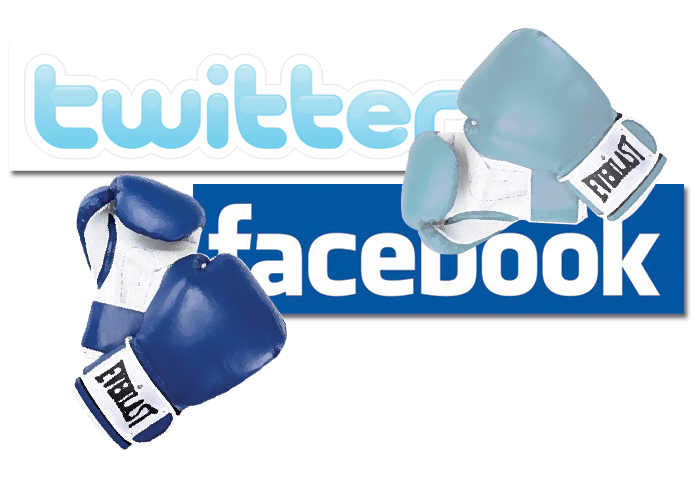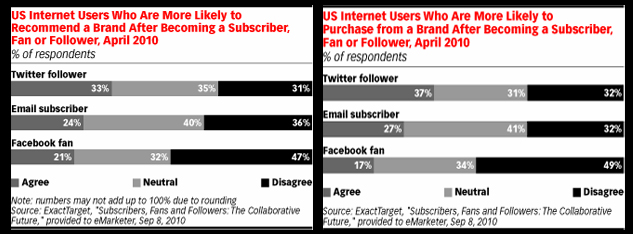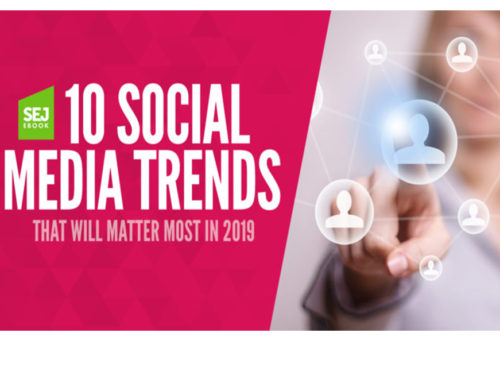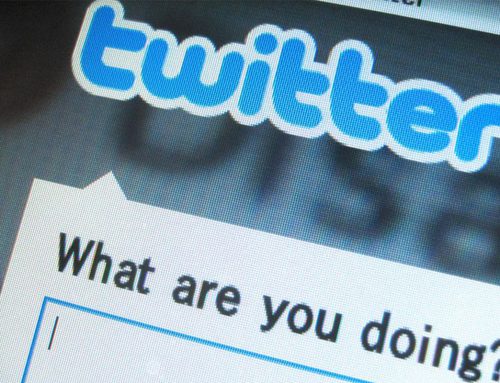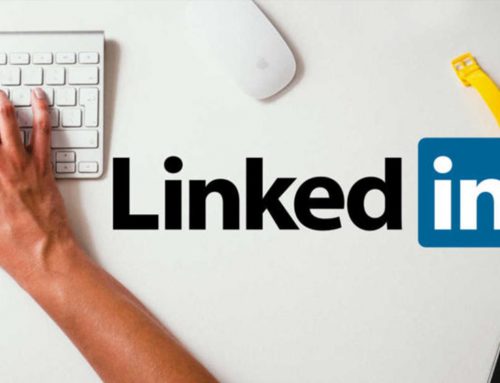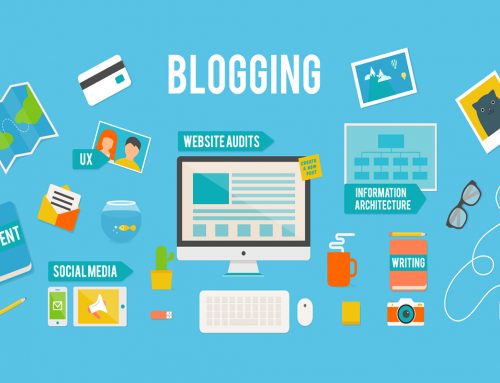One offers push; the other, pull.
 There is a lot of discussion lately about which is more valuable for brands, Facebook fans or Twitter followers. As budgets remain tight, answering this question represents the Holy Grail for evaluating the return on investment of social media. In order to continue to produce effective marketing messages it is important to understand how audiences differ across channels and what causes them to connect with brands. Social media marketing platforms that may seem similar may differ strongly due to the different needs and motivations of their users.
There is a lot of discussion lately about which is more valuable for brands, Facebook fans or Twitter followers. As budgets remain tight, answering this question represents the Holy Grail for evaluating the return on investment of social media. In order to continue to produce effective marketing messages it is important to understand how audiences differ across channels and what causes them to connect with brands. Social media marketing platforms that may seem similar may differ strongly due to the different needs and motivations of their users.
An interesting report was done by ExactTarget’s, titled “Subscribers, Fans and Followers”, outlined key differences between email, Facebook and Twitter also included their influences on customer loyalty.
According to the findings, daily Twitter users who followed a brand were more than twice as likely as daily Facebook users who “liked” a brand to say they were more likely to purchase from the brand after becoming a social media follower. In contrast, Facebook fans were the most likely group to actively disagree with the question. Subscribers to opt-in marketing emails fell in the middle.
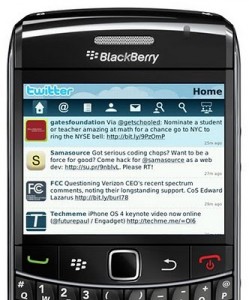 The pattern among Twitter followers, email subscribers and Facebook fans was similar when asked about whether they would recommend a brand. A third of Twitter followers said they were more apt to make a recommendation now that they followed a brand, compared with 24% of email subscribers and 21% of Facebook fans. Again, those who “liked” a brand on Facebook were most likely to actively disagree with the statement.
The pattern among Twitter followers, email subscribers and Facebook fans was similar when asked about whether they would recommend a brand. A third of Twitter followers said they were more apt to make a recommendation now that they followed a brand, compared with 24% of email subscribers and 21% of Facebook fans. Again, those who “liked” a brand on Facebook were most likely to actively disagree with the statement.
A recent Forrester study found that Twitter followers may have the potential to be more valuable than Facebook fans in the future. While you cannot quantify either fan or follower with an absolute value, the study confirmed that Twitter followers are more likely to buy from brands they follow (37% vs. 21%), and recommend brands to friends (33% vs. 21%). These two factors are the yardsticks by which many social media branding campaigns are measured.
However, in terms of advertising opportunities, Facebook is unmatched. With over 550 million members worldwide (165 million in the U.S. alone) Facebook is a powerhouse of connectivity where content can be shared among friends. Word of mouth has long been recognized as the most potent form of advertising, and right now there is no other place–either on or off the Web–where people can share brand sentiment as quickly or as powerfully as on Facebook.
What is the difference between fans and followers?
While both social media channels are interactive, one important distinction is the “push” vs. “pull” marketing dynamic deployed on Facebook and Twitter. On Facebook brands often connect with fans by providing incentives and rewards for interaction. Facebook often involves more push marketing, making third-party offers to obtain fans. For example, Bing utilized social gaming network Zynga to build a Facebook fan base for its launch. Zynga offered Farm Cash rewards to “FarmVille” fans to entice users to become fans. Although one time pushes can increase Facebook fan base, they also degrade the value of that base, since the offer is disconnected from the brand.
Twitter is often leveraged as a “pull” medium. Followers are likely to initiate conversation, seeking out brands to either compliment or complain. While this kind of outreach can start off as negative, it provides brands with the opportunity to engage in the moment to remedy a bad situation and to build brand loyalty. An example of this is Twelpforce, a customer support service for Best Buy that has already provided more than 32,000 answers to customers, and has nearly 30,000 followers on Twitter.
Bottom Line..
These factors make Twitter followers attractive to marketers, but as the ExactTarget report notes, because of Twitter’s much smaller user base just 3% of US internet users follow a brand through the microblogging service. Those who do follow brands on Twitter are likely to be influencers in general, while Facebook users are more like the average consumer. And since Facebook users often become brand fans on the site because they are already fans in real life and want to use the brand as part of their self-image, it may be more difficult for them to actually increase their spending or advocate for the brand more than they did before “liking.”
…marketers should approach the fan value question as if the answer were zero. Until the brand does something to create value and engage with fans, they have no value. Accumulating fans is the first step, but engaging with them will bring the return on investment brands are seeking… Augie Ray – Forrester
Perhaps a successful social media strategy is not about trying to figuring out the monetary value of a Facebook fan vs. a Twitter follower, but instead involves detailed understanding each social channel and the unique advantages of each. Companies need to act on their relationships with customers to engage the full value of social media marketing.
Sound off..
Do you agree with the findings in the Forrester and ExactTarget reports? I really think it depends on the types of products and services rather than just the brands. Brands who’s products are targeted closer to twitter’s demographic will have more interaction. What do you think?


